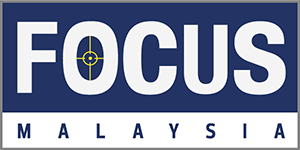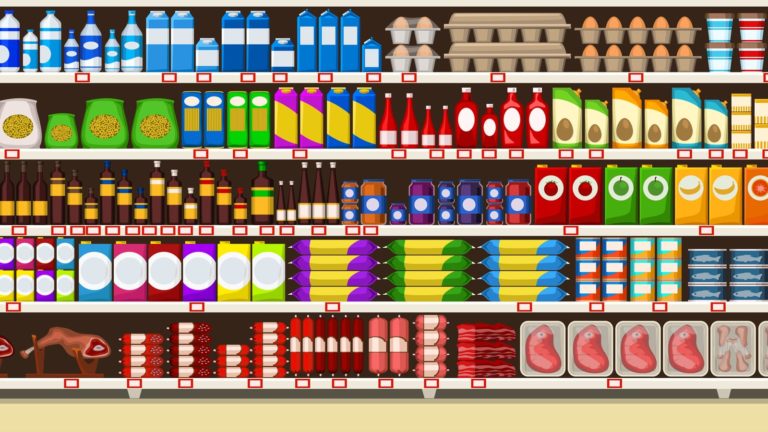IT is inevitable for consumer staple stocks to face intensified margin pressure from a surge in commodity prices which is further exacerbated by the Russia-Ukraine war.
As consumer staple companies expect the current high commodity prices to hit their profit margins, they are likely to raise selling prices in order to pass on some of these costs to consumers, according to CGS-CIMB Research.
“Consumer staple companies under our coverage have progressively raised their product prices throughout 4Q 2021-1Q 2022,” analyst Walter Aw pointed out in a consumer sector update. “However, any further increase in selling prices will likely be gradual and only happen in 2H 2022F to ensure products remain affordable.”
Among consumer staple stocks, CGS-CIMB Research expects Nestle (M) Bhd, Fraser & Neave Holdings Bhd, Power Root Bhd and Kawan Food Bhd to have the biggest exposures to rising commodity prices due to the nature of their business and products.
“Nevertheless, we believe they have the pricing power (albeit with a certain time lag) as long-term demand for consumer staple goods – essentially daily necessities – is generally inelastic,” opined the research house.
However, retailers in the consumer discretionary space are expected to be more resilient as they have minimal exposure to the high soft commodity prices given they mostly procure semi-finished or finished goods.
“Nonetheless, we gather that they too expect further increases in raw material costs due to inflationary pressure,” noted CGS-CIMB Research.
“We believe consumer discretionary players could mitigate this impact with (i) strong pricing power to pass on the higher costs to customers; (ii) greater economies of scale; and (iii) better cost control.”
All-in-all, the research house prefers Berjaya Food Bhd, Bonia Corp Bhd and InNature Bhd given their superior gross margin profile against peers.
To better understand the impact of higher input costs on each consumer stock under our coverage, CGS-CIMB Research conducted a sensitivity analysis which assumes that input cost makes up (on average) 30%-40% of the cost of goods sold.
“We gather that for every 10% increase in total input costs, the FY2022-2024F gross profit margin (GPM) of consumer companies under our coverage would decline by 1.0-3.7 percentage points ceteris paribus,” revealed the research house.
However, discretionary consumer stocks would be less affected by higher input costs as opposed to consumer staple stocks given their higher GPM.
“We project FY2022-2024F GPM of 7.2%-67% for discretionary consumer stocks vs 18%-52% for consumer staple stocks based on current forecasts,” added CGS-CIMB Research. – March 11, 2022









